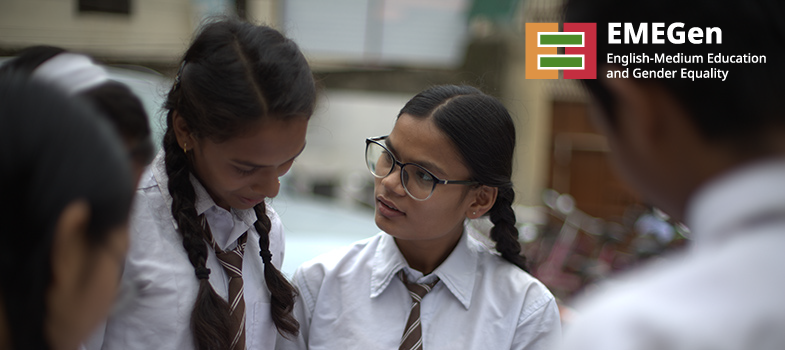OER 2 Using all languages for learning
1 Languages, communication and learning
Around the world, it is normal to switch between different languages and dialects. Many people do this spontaneously and without thinking, in their homes and communities.
Alternating between languages or dialects is commonplace in conversations, texting and informal emailing. Here are some examples:
Hum kya kar rahe haim is none of your business. (Hindi + English)
(What we are doing is none of your business.)
Mendapatkan burger dengan saya? (Indonesian Bahasa + English + Indonesian Bahasa)
(Get a burger with me?)
Bugün cuma, isn’t it? (Turkish + English)
(It’s Friday, isn’t it?)
Lakini honestly mtu yeyote anatoka Kenya, as in tuko tu ile like, tuko spontaneous…tuna…we take it as it come. (Kiswahili + English + Kiswahili + English)
(But honestly any person who comes from Kenya, we just like, we are spontaneous, we… we take it as it comes)
This kind of language mixing includes alternating between a standard form of a language and a dialect, or between formal language and informal or ‘slang’ expressions.
Can you think of examples that you see or hear yourself, with friends, family members, or in your community? When and why do you switch between languages?


How do you think this can improve communication between people?
